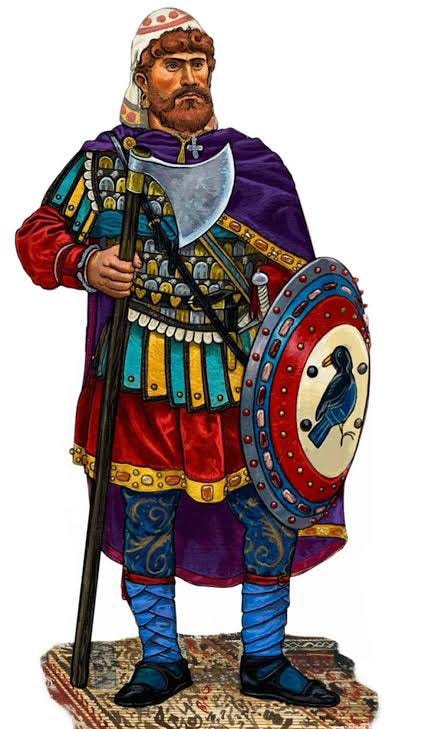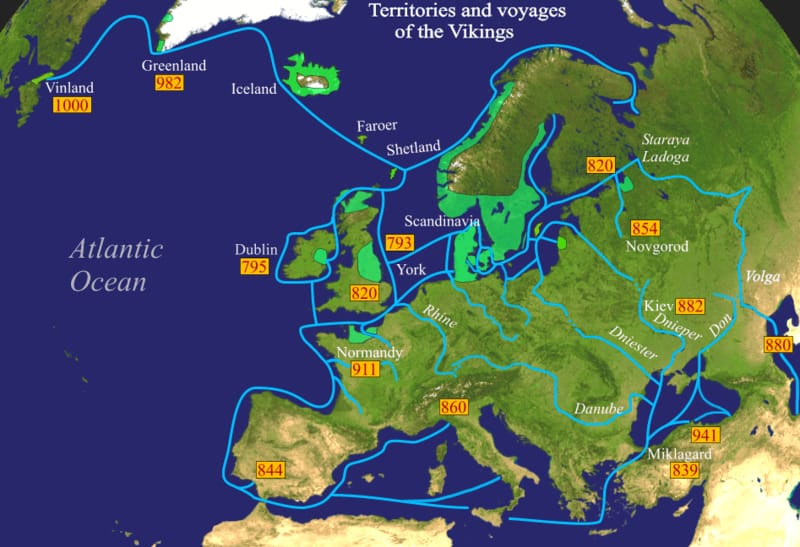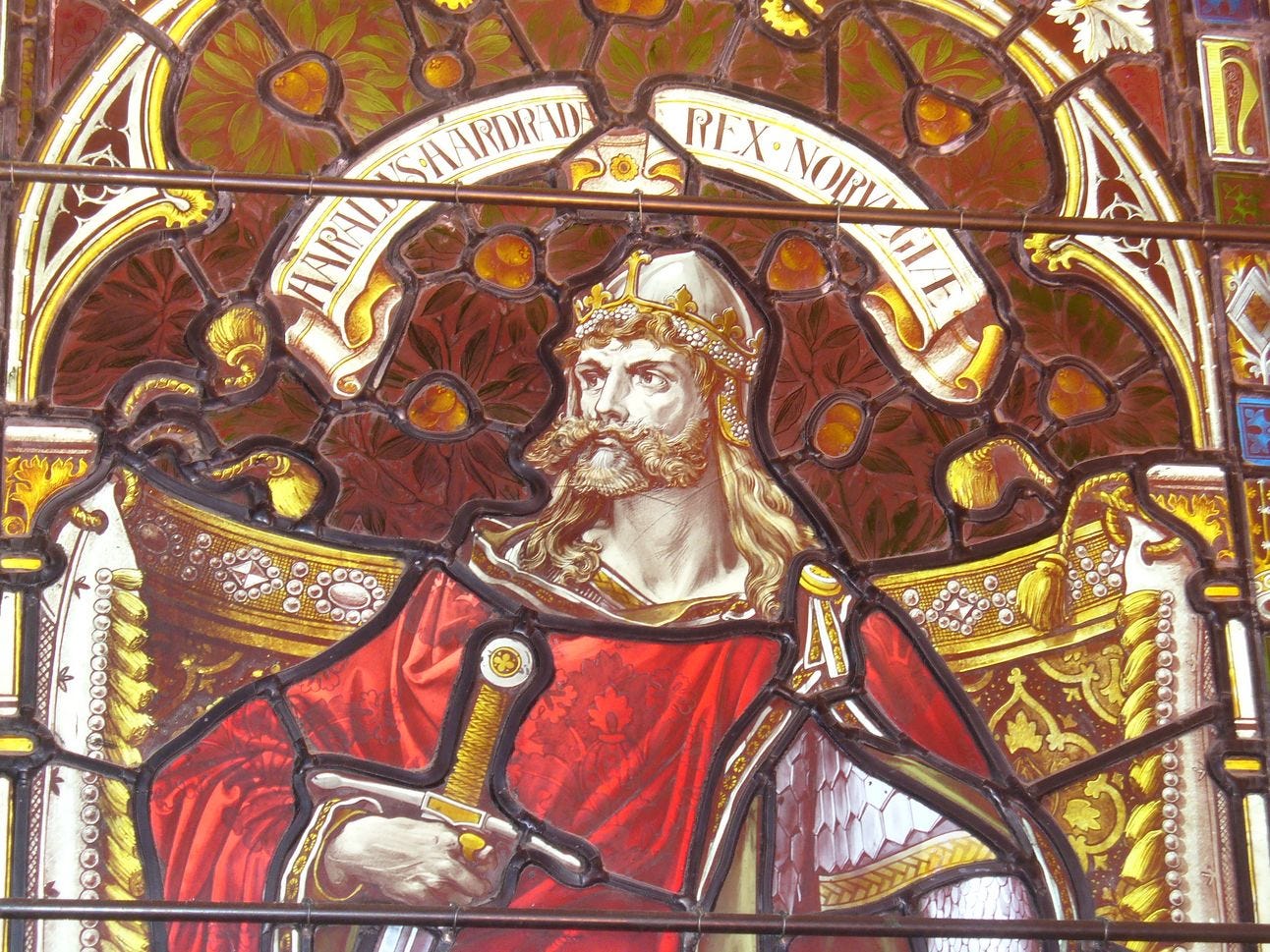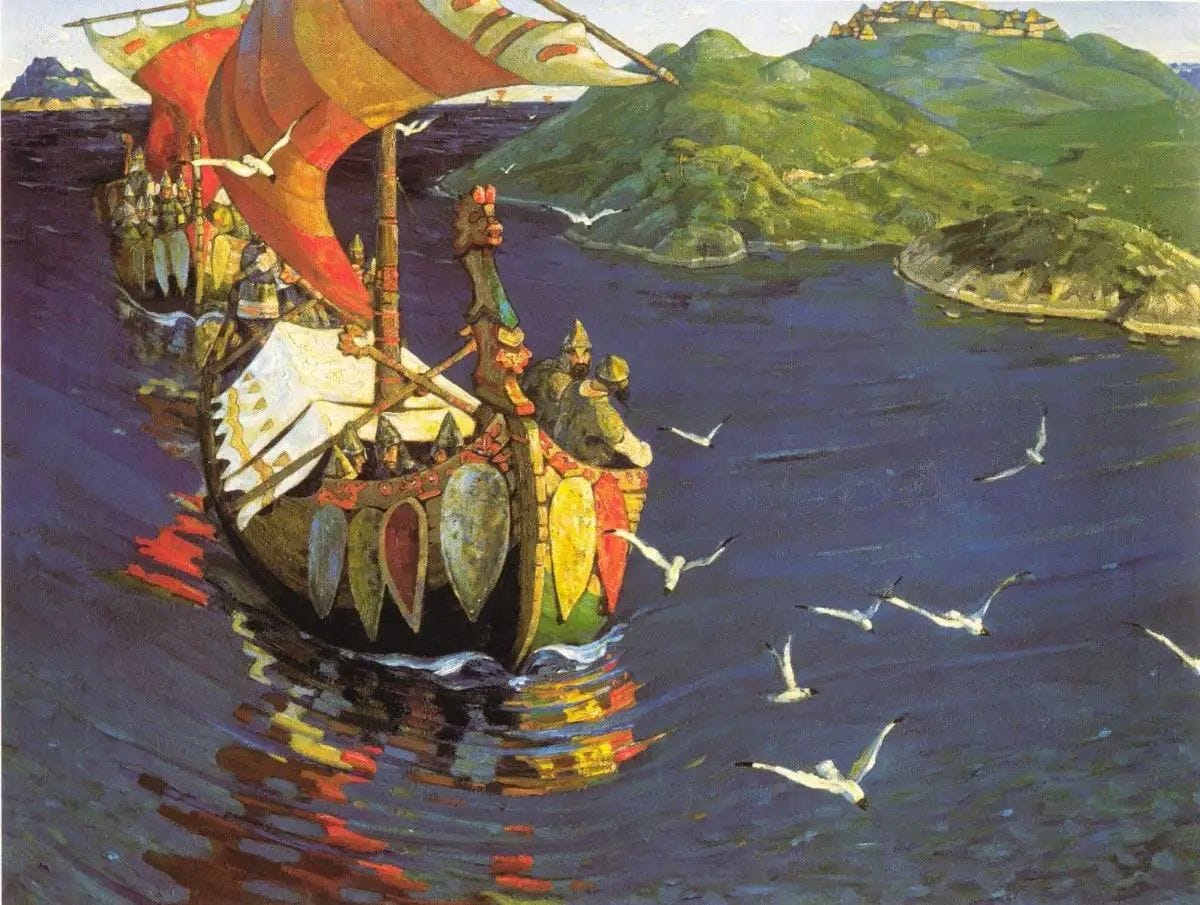During the Middle Ages, there was a group of soldiers who were so feared that kings from across Europe recruited them to serve in their armies: the Vikings.
The most famous of these elite Viking groups was the Varangian Guard, which served as the bodyguards for the emperors of the Byzantine Empire between the 900s and the 1400s.
They fought in military campaigns across Europe and the Mediterranean world during a period of Byzantine dominance. (see the map below)
One contemporary observer said of the ferocious Varangian fighters:
“[The] Scandinavians were frightening both in appearance and in equipment…
They attacked with reckless rage and neither cared about losing blood nor their wounds.”
Varangian fighters were distinguished from normal Byzantine troops by:
their long hair
their red ruby earrings
the dragons that were painted onto their armor
the axes they carried into combat
Varangian Origins: The original group of Varangian fighters came from Kievan Rus, a medieval state based in Eastern Europe around what is now the Ukrainian capital of Kyiv.
Kievan Rus is believed to have been founded by a nomadic group known as the Varangians, who originated in eastern Sweden.
The first members of the Varangian Guard were brought from Rus to the Byzantine capital of Constantinople thanks to an alliance between the two states in the early 900s.
Over time, the composition of the group would grow to include Norsemen, Anglo-Saxons, and other northern Europeans.
The Varangians, who focused primarily on protecting the emperor, brought a special tradition called polutasvarf (“palace pillaging”) with them from Norway.
When the emperor died, the Varangians were permitted to go to the royal treasury in Constantinople to take as much gold and gems as they could carry.
Many of these newly wealthy fighters would return home to Norway, inspiring the next generation of Norsemen to travel to Byzantium to earn their fortune.
Loyalty: Byzantine princess and historian Anna Komnene, who called the Varangians “axe-bearing barbarians,” said that the Varangians were well-known for their intense loyalty to the emperor.
Other Byzantine guards were often implicated in palace intrigues, so the foreign-born Varangians were seen as trustworthy defenders of the throne.
There were, however, instances where the Varangians betrayed the Emperor and participated in coups.
Historian Joannes Zonaras wrote that the Varangians revolted against Emperor Nikephoros III Botaneiates in 1077.
Nikephoros had put down a rebellion led by the popular general Nikephoros Bryennios that year, with the emperor having the general blinded after the failed coup.
The Varangians were so enraged by the decision to have the general’s eyes taken out that they tried to kill the emperor themselves.
They failed to do so, and ultimately asked for — and were given — pardons for their crimes against the Emperor.
From Varangian to King: Harald III Sigurdsson, a famous King of Norway who was known as “Thunderbolt of the North”, spent over a decade as a leader of the Varangian Guard before taking the Norse throne.
After fighting in military campaigns across Italy and Europe for the Byzantine Emperor, Harald III took his newfound wealth back to Norway before seizing power.
Like many Viking leaders, Harald was more interested in waging war than actually being King.
In 1066, he invaded England with 10,000 troops and 300 longships after an Anglo-Saxon nobleman called on him to claim the English throne.
After some early victories, Sigurdsson and most of his army were killed by the Anglo-Saxon King Harold Godwinson in the famous Battle of Stamford Bridge.
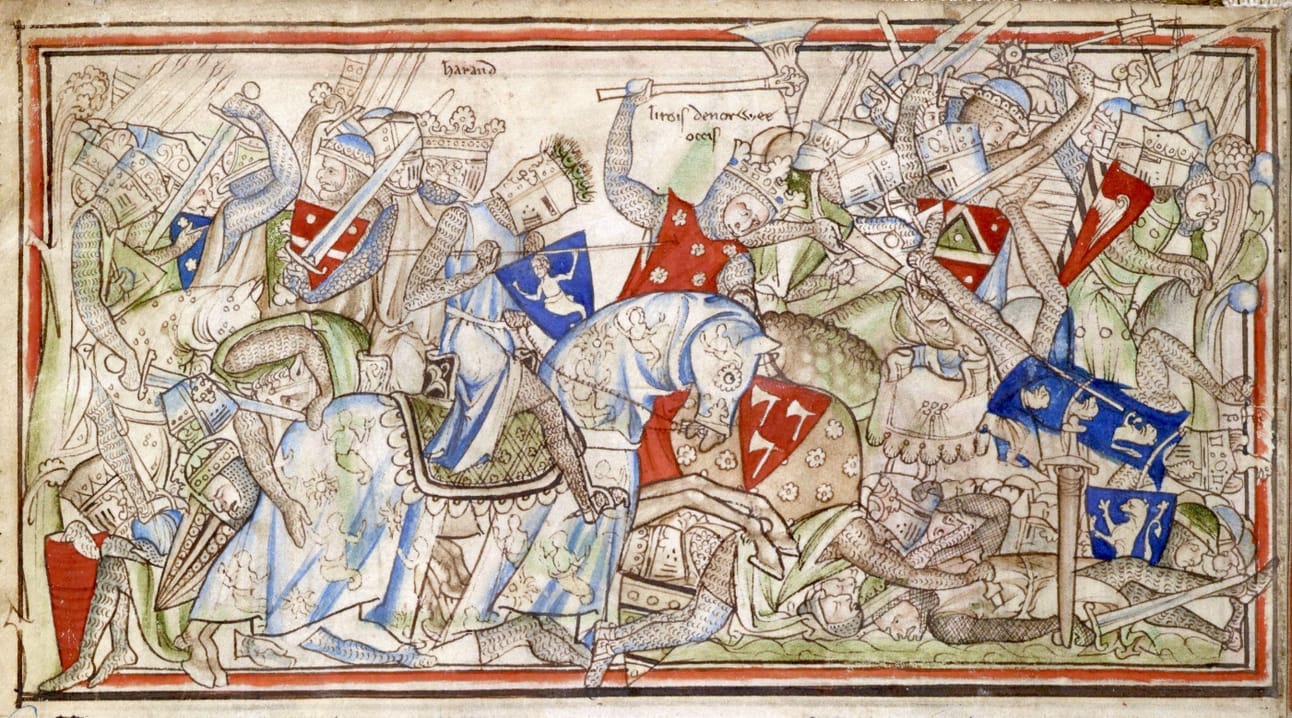
Historians have said that Harald’s death marked the end of the Viking Age, but the Varangian Guard continued to serve the Byzantine emperor for several more centuries.
The Varangians left their mark on Norse culture, leaving hundreds of commemorative runestones across Sweden and figuring prominently in epic Norse sagas.
They continued to serve the Byzantine emperor until at least 1400.
With nearly 500 years of service to one of history’s longest-lasting empires, the Varangians staked their place as one of the greatest fighting forces in human history.






